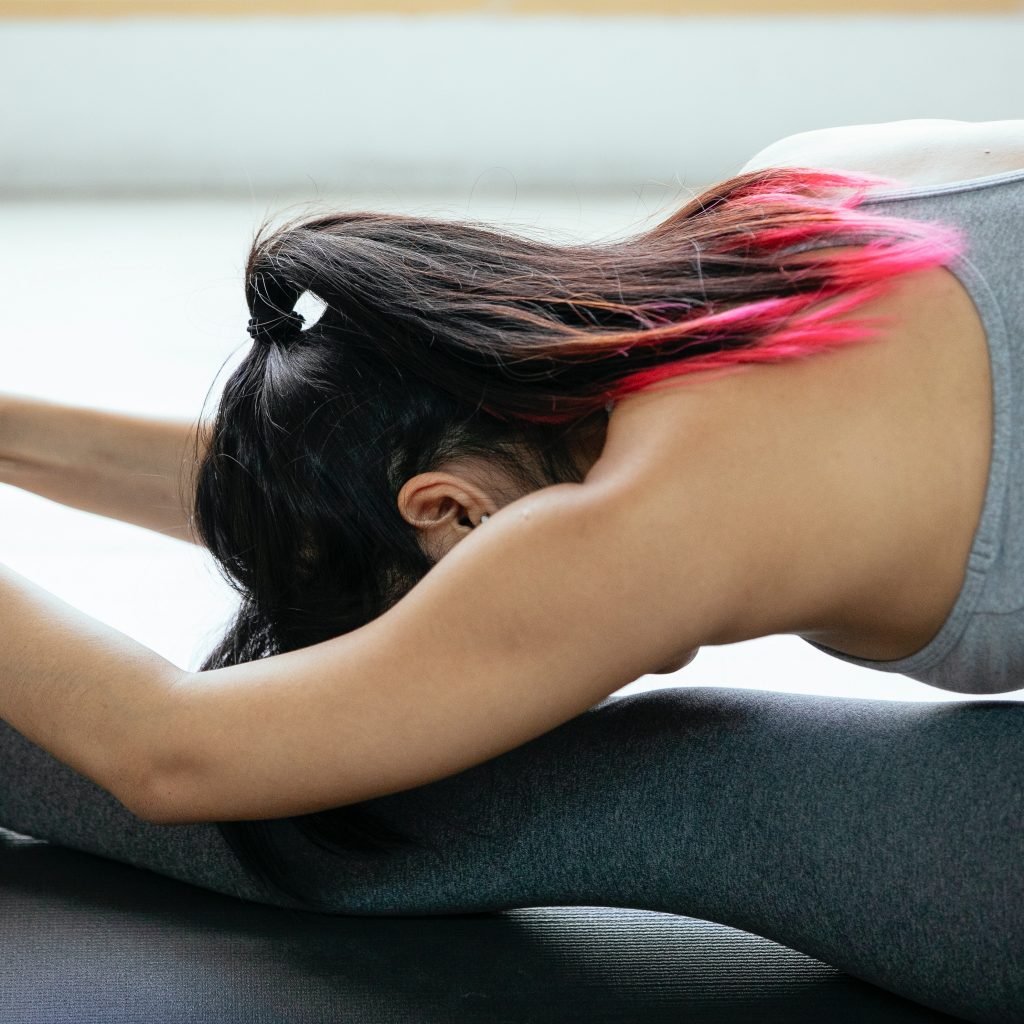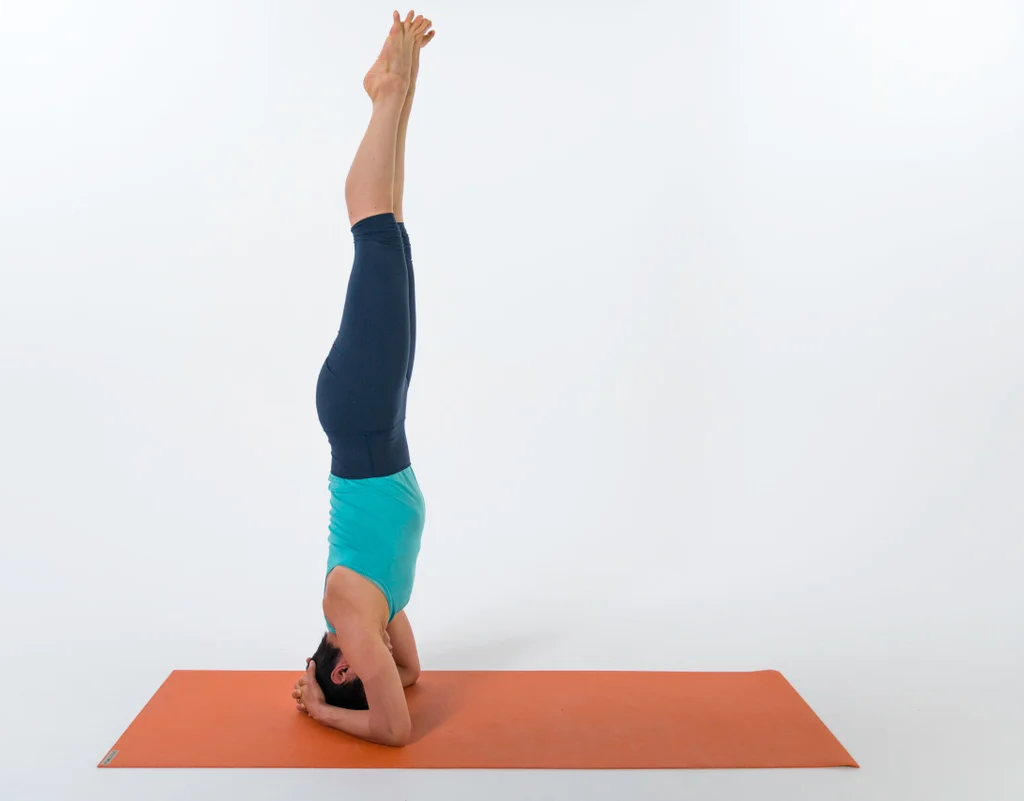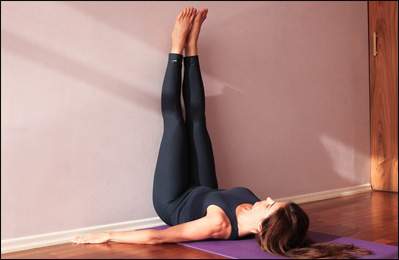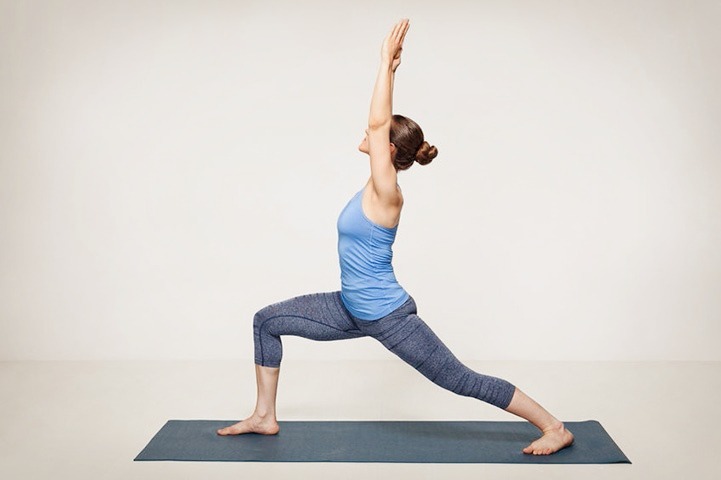What is Paschimottanasana or the Seated Forward Bend Pose?
Paschima = west or the back of the body; Uttana = intense stretch; asana = pose
Did you know the East is referred to as the front of the body, while the West refers to the back? Surprised?
Seated Forward Bend (Paschimottanasana) is a classic pose from Hatha yoga. It gives the whole back of your body a good stretch, from your calves to your hamstrings (back of the thighs) to your spine.
It is an excellent asana that can help improve your mental health and overall well-being
PS: This asana is an ideal exercise just in case you are planning to lose some weight 😉.
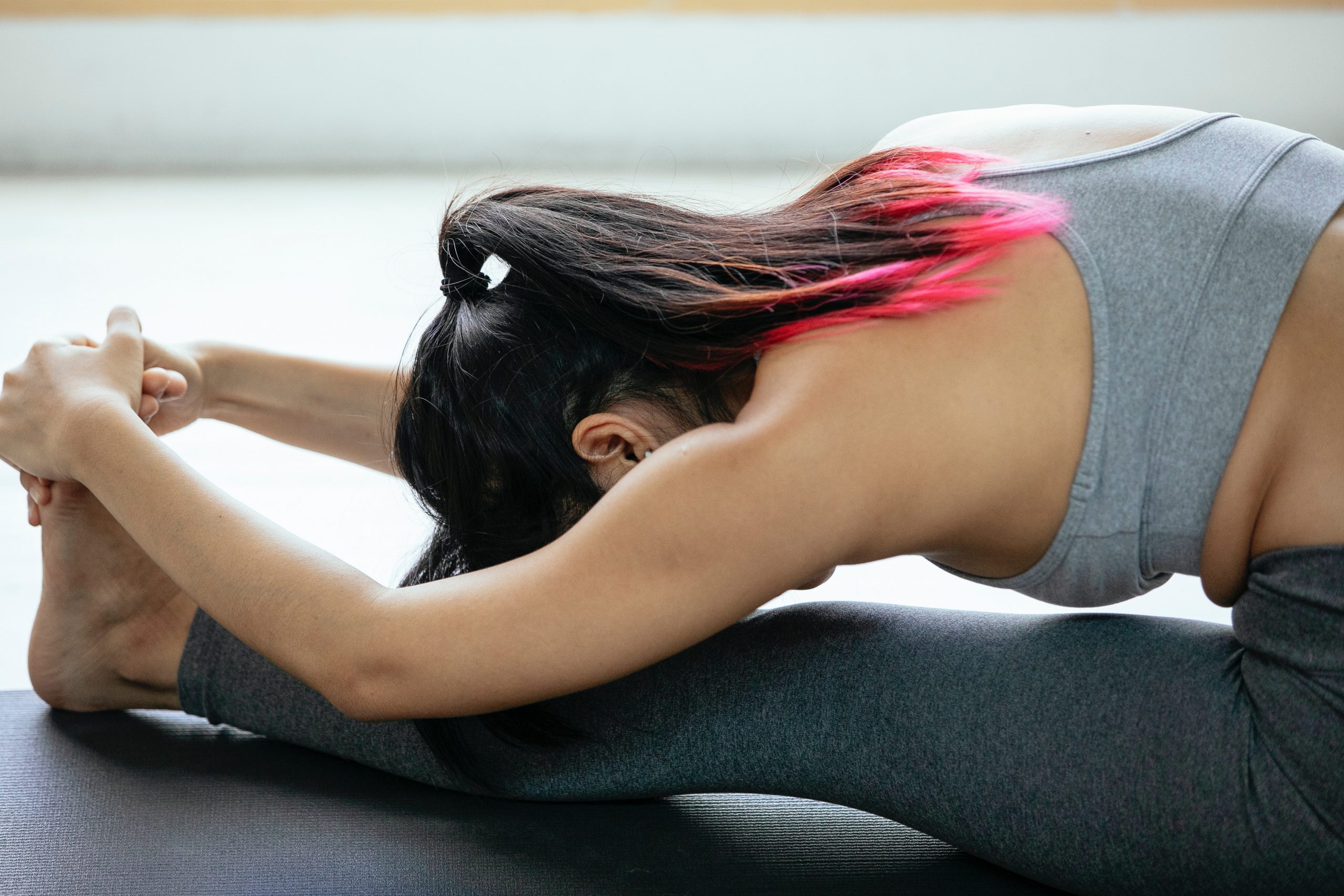
Instructions for Paschimottanasana
To get the most out of the Paschimottanasana pose, you must follow the right steps. Here is a step-by-step guide for the same:
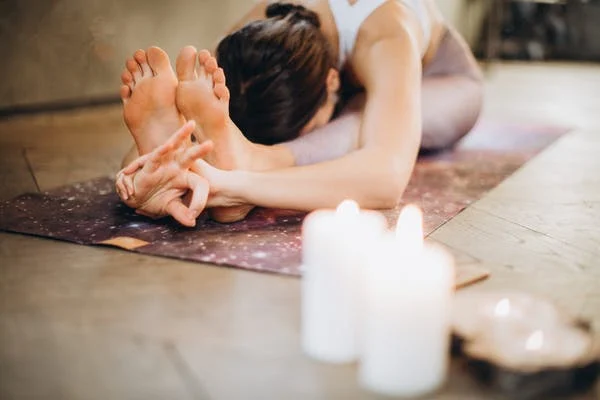
Begin by coming to sit in Staff Pose (Dandasana) with your legs straight in front of your body.
- Bring your arms straight out to the sides and up over your head, reaching toward the ceiling.
- Inhale and draw your spine up long.
- As you exhale, begin to come forward, hinging at your hips.
Imagine your pelvis as a bowl of water that is tipping forward. - On each inhale, lengthen your spine. You may come a bit out of your forward bend to do this.
- On each exhale, deepen into your forward bend.
- Keep the neck as the natural extension of your spine, neither cranking it to look up nor letting it go completely.
- When you have come to your full extension with the spine long, decide whether you want to stay here or let your spine round forward.
- Take hold of your ankles or shins, whichever you can reach.
You will feel so relaxed after this!
Yog4Lyf Yoga Instructor, Mr. Harsh is here to guide you better:

Benefits of Paschimottanasana
Fold into Paschimottanasana to help your distracted mind—and your hamstrings—unwind. Here are some of the amazing benefits of this asana:
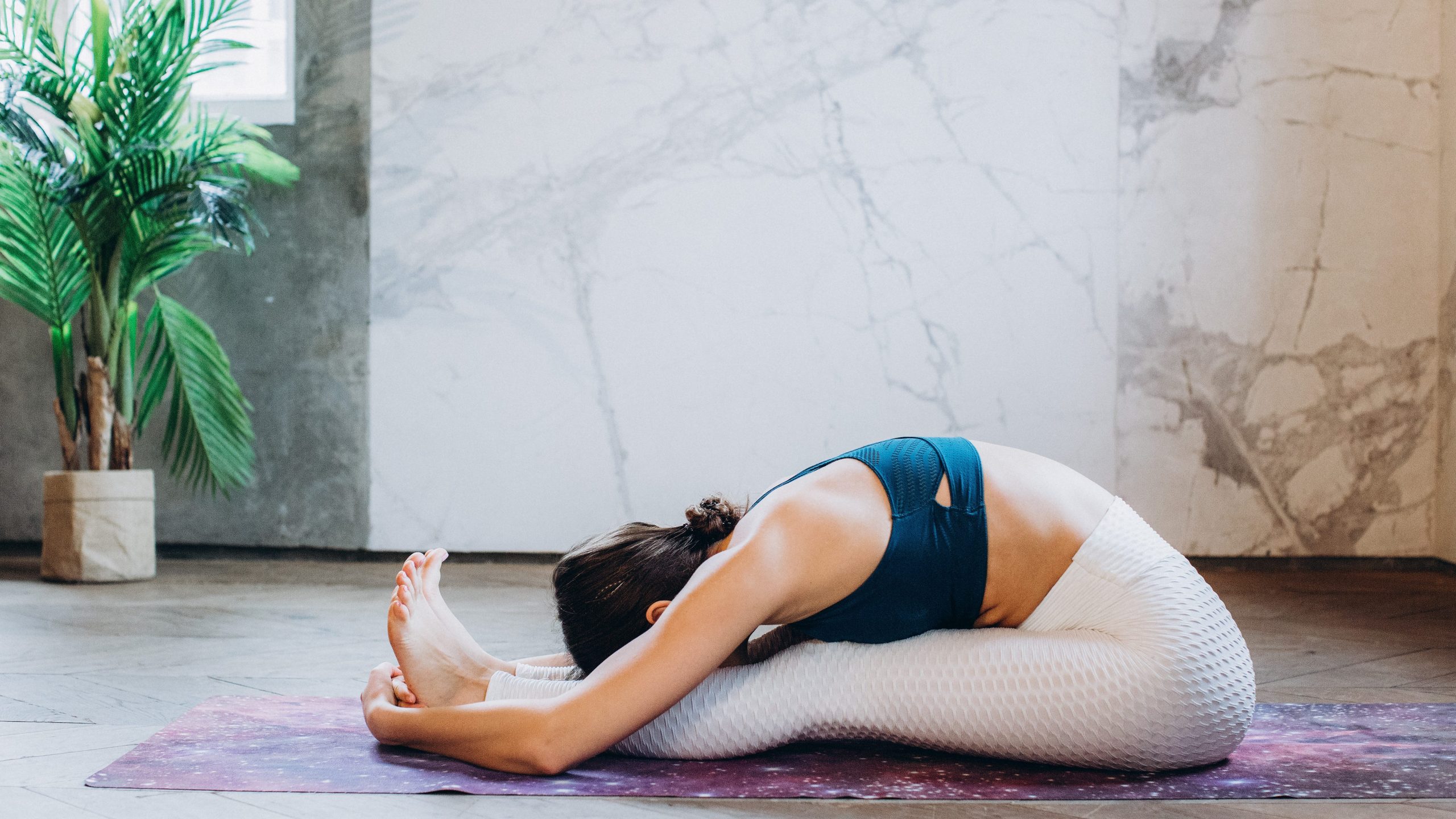
- It also stimulates the liver, kidneys, ovaries, and uterus—and can help improve digestion.
- This pose stretches these areas and helps open up your hips.
- It helps massage and tone the abdominal as well as pelvic organs.
- Pain and discomfort caused by menstruation are greatly reduced as this pose lowers fatigue and increases blood flow.
- Regulates blood sugar levels, by regulating pancreas function
For optimal benefits, it is recommended to practice the Paschimottanasana early in the morning. However, you can also do this asana in the evening, ensuring that you keep your stomach empty before you practice this asana. Try to include this asana in your daily fitness routine and reap the results for a healthier mind and body.
Contraindication
Here are some conditions in which you should not practice Paschimottanasana:
- If you are suffering from a slipped disc problem.
- If you are suffering from back pain, hamstring injuries or sciatica
- Those with asthma, diarrhea and abdominal ulcers also should avoid the pose as it adds pressure on the abdomen.
- Paschimottanasana pose should be avoided during pregnancy.
Also, if you have any medical concerns, talk with your doctor before practicing yoga.
Conclusion
Paschimottanasana can be difficult, especially for people whose legs are longer than their torso. If you find it challenging to attain the perfect pose, relax your body and stick to the position comfortable for you.
Share it with your friends and family to encourage them into doing this awesome pose.
Happy Yogaing!
